Sensory garden elements to attract local wildlife
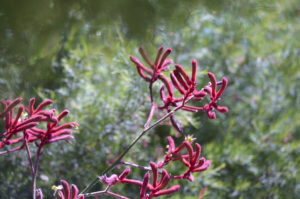 Wildlife performs an important role in all gardens. However, a thoughtfully designed sensory garden can benefit from more than pollination and insect control. Birdsong, bees and rustling leaves and grass provide aural stimulation, and one could spend hours watching butterflies, insects and fish flitting about their habitats.
Wildlife performs an important role in all gardens. However, a thoughtfully designed sensory garden can benefit from more than pollination and insect control. Birdsong, bees and rustling leaves and grass provide aural stimulation, and one could spend hours watching butterflies, insects and fish flitting about their habitats. The following are some sensory garden features that will benefit the human users and attract local wildlife:1. Add a water source or water feature. Users will be drawn to the bright varieties of fish and aquatic plants, and the fresh water source will attract birds, frogs, and small reptiles. A mesh screen just below the surface of the pond can protect young children and discourage cats and birds from taking the fish.
The following are some sensory garden features that will benefit the human users and attract local wildlife:1. Add a water source or water feature. Users will be drawn to the bright varieties of fish and aquatic plants, and the fresh water source will attract birds, frogs, and small reptiles. A mesh screen just below the surface of the pond can protect young children and discourage cats and birds from taking the fish.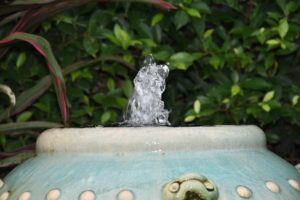 If a pond is not possible, a raised bird bath or water feature will encourage winged visitors.
If a pond is not possible, a raised bird bath or water feature will encourage winged visitors.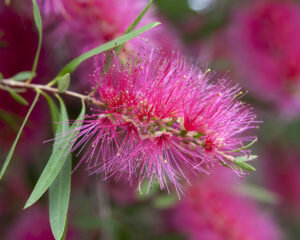 2. Include plants that appeal to birds and butterflies. Vibrant flowers that are rich in nectar will attract butterflies and pollinating insects, as well as being visually stimulating. Grasses that rustle in the breeze will provide a relaxing sound for users while also drawing birds to the garden. Some examples include: Salvia 'Amistad'; Banksia 'Birthday Candles'; Anigozanthus or Kangaroo Paw 'Landscape Lilac'; ‘Kalanchoe’ Flapjacks; and Callistemon 'Taree Pink' Bottlebrush.
2. Include plants that appeal to birds and butterflies. Vibrant flowers that are rich in nectar will attract butterflies and pollinating insects, as well as being visually stimulating. Grasses that rustle in the breeze will provide a relaxing sound for users while also drawing birds to the garden. Some examples include: Salvia 'Amistad'; Banksia 'Birthday Candles'; Anigozanthus or Kangaroo Paw 'Landscape Lilac'; ‘Kalanchoe’ Flapjacks; and Callistemon 'Taree Pink' Bottlebrush.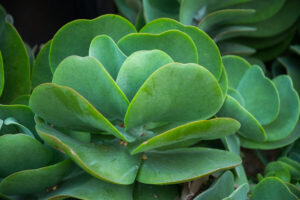 3. To encourage a variety of bird species, place feeders at different heights throughout the garden. For example, ground feeders will attract doves and finches.4. Hollows provide homes for many native wildlife species. If trees with hollows are unavailable, secure nesting boxes are an appropriate alternative.5. Trees that change colour in autumn also provide another element for visual interest.
3. To encourage a variety of bird species, place feeders at different heights throughout the garden. For example, ground feeders will attract doves and finches.4. Hollows provide homes for many native wildlife species. If trees with hollows are unavailable, secure nesting boxes are an appropriate alternative.5. Trees that change colour in autumn also provide another element for visual interest.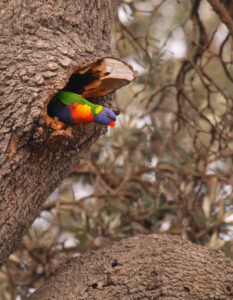 6. Insect houses can provide protection for bees, ladybugs and lacewings during the winter.
6. Insect houses can provide protection for bees, ladybugs and lacewings during the winter.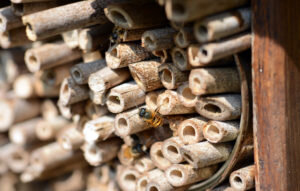 If the houses are well placed, the insects can help protect plants from aphids in the spring.
If the houses are well placed, the insects can help protect plants from aphids in the spring.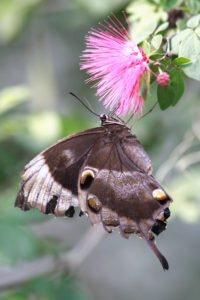
Image Source: Shutterstock
http://www.wildcare.org.au/Documents/Growing_plants_to_attract_wildlife_to_your_garden.pdfhttp://www.gardeningwithangus.com.au/attracting-wildlife-to-your-garden/http://therapeuticgardens.com.au/plant-suggestions-for-sensory-gardens/http://www.cultivatensw.org.au/imagesDB/wysiwyg/SensoryGardens.pdfhttps://www.betterhealth.vic.gov.au/health/healthyliving/gardens-for-the-senses
